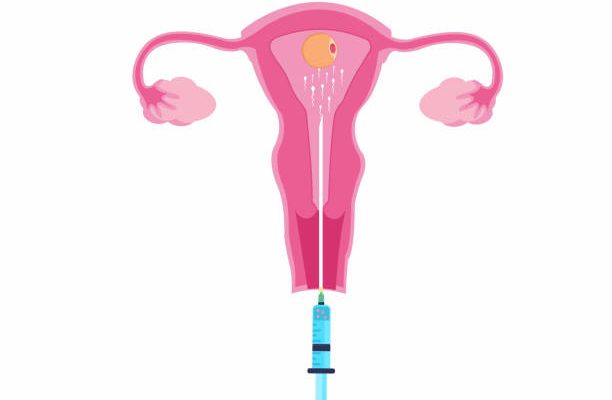Embarking on the journey to parenthood often involves overcoming various challenges, and for many individuals and couples, assisted reproductive technologies provide a beacon of hope. Embryo freezing, a technique within the realm of assisted reproductive technology (ART), emerges as a transformative tool, offering the promise of preserving fertility and unlocking possibilities for future parenthood. This article explores the significance of embryo freezing, the intricacies of the process, and the ways in which it empowers individuals and couples in their quest to build families.
Understanding Embryo Freezing:
Embryo freezing, also known as cryopreservation, is a sophisticated technique that involves preserving embryos at sub-zero temperatures. This process is commonly associated with in vitro fertilization (IVF) treatments, allowing the storage of viable embryos for future use. Embryo freezing plays a crucial role in enhancing the success rates of fertility treatments and offering individuals the flexibility to plan their parenthood journey strategically.
The Embryo Freezing Process:
- Ovarian Stimulation and Egg Retrieval:
The journey begins with ovarian stimulation, where fertility medications are administered to stimulate the ovaries. During a minor surgical procedure, multiple eggs are retrieved for fertilization. - Fertilization and Embryo Cultivation:
The retrieved eggs are fertilized with sperm in a laboratory setting, giving rise to embryos. These embryos are then cultured for a few days, allowing embryologists to assess their quality and developmental potential. - Embryo Freezing:
Once the embryos reach a suitable developmental stage, they undergo cryopreservation through vitrification. This involves rapid cooling, preventing the formation of ice crystals and preserving the structural integrity of the embryos. - Storage:
The frozen embryos are carefully stored in specialized cryogenic containers, where they can be preserved for an extended period without compromising their viability.
Benefits of Embryo Freezing:
- Increased IVF Success Rates:
Embryo freezing significantly improves the success rates of IVF treatments. By storing viable embryos, individuals and couples can undergo multiple IVF cycles without the need for repeated ovarian stimulation and egg retrieval. - Fertility Preservation:
Embryo freezing is a powerful tool for fertility preservation. Individuals facing medical treatments, such as cancer, can freeze embryos before undergoing treatment, preserving the potential for biological parenthood after recovery. - Flexible Family Planning:
Embryo freezing provides flexibility in family planning. Individuals or couples can delay the embryo transfer to a more suitable time, aligning their family planning goals with their personal circumstances. - Mitigating Age-Related Fertility Decline:
For women concerned about age-related fertility decline, embryo freezing allows them to preserve embryos during their reproductive prime. This strategic approach helps mitigate the impact of age-related fertility challenges.
Considerations and Limitations:
- Success Rates:
While embryo freezing significantly enhances success rates, not all embryos will result in a successful pregnancy. Success rates can be influenced by factors such as the age of the woman at the time of embryo creation. - Ethical Considerations:
Embryo freezing may raise ethical considerations, particularly regarding the fate of unused embryos. Open communication with fertility specialists and the establishment of clear plans can help address these ethical concerns.
Conclusion:
Embryo freezing stands at the forefront of assisted reproductive technologies, offering hope and possibilities to those on the journey to parenthood. By preserving fertility, enhancing success rates, and providing flexibility in family planning, this innovative technique empowers individuals and couples to navigate their unique paths toward building families with resilience, optimism, and the promise of new beginnings.











Comments